Space junk or space debris refers to man-made objects that are no longer in use in space, mainly from old satellites, spacecraft and rockets that have been used, crashed or intentionally destroyed. These pieces of debris vary in size and pose a collision risk to active spacecraft and the International Space Station (ISS).
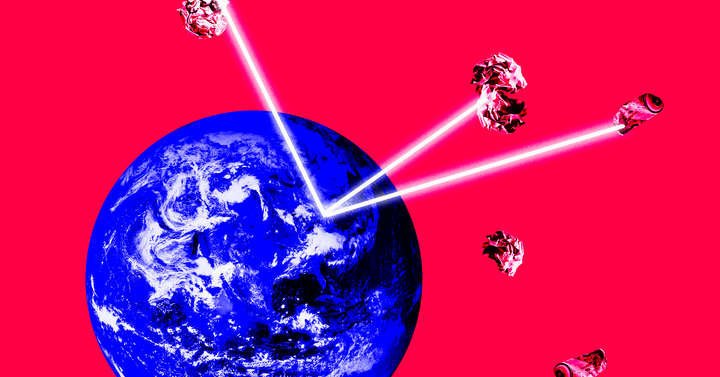
To tackle the problem of space junk, Australia's EOS Space and Japan's EX-Fusion will develop a laser system to remove it from low Earth orbit. (Illustration: Emily Cho)
Even small pieces of debris measuring a few millimeters can cause problems when they collide with active satellites and spacecraft. Therefore, the need to track and remove smaller pieces of space debris is increasing as space exploration-related activities have become more global.
Nikkei Asia previously reported that Tokyo-based startup Astroscale Holdings plans to launch a satellite dedicated to removing relatively large pieces of space debris. Another company, Japan’s Sky Perfect JSAT, is working with Riken and other partners to develop a satellite-mounted laser that can redirect space debris into a control zone and burn it up.
In the latest move, EX-Fusion, a startup based in Osaka, Japan, has announced that it plans to develop a ground-based laser system to help remove space junk from low Earth orbit. This innovative approach, if successful, could be a valuable way to clear the increasingly dense space debris.
EX-Fusion's technology stands out from previous similar technologies because it will use a ground-based approach. In October 2023, EX-Fusion signed a memorandum of understanding with EOS Space Systems, an Australian contractor specializing in space debris detection technology. EX-Fusion has also announced plans to install a powerful laser system at the EOS Space Observatory near Canberra.
The first phase of this project will involve setting up laser technology to track space debris smaller than 10 cm. In the second phase, EX-Fusion and EOS Space will use laser beams fired from the ground to remove that space debris.
The method involves intermittently firing a laser beam in the opposite direction of the debris's movement to slow it down. In theory, this sudden drop in speed from low Earth orbit would make the debris more susceptible to burning up.
EOS Space currently offers laser weapon systems to destroy drones, but high-powered lasers have other applications as well. Lasers designed to eliminate space debris will not be weapons-grade lasers, said James Bennett, executive vice president of EOS Space. Current weapon lasers typically use fiber lasers to cut and weld metal and destroy drones through sustained heat.
EX-Fusion’s new approach, meanwhile, will use diode-pumped solid-state (DPSS) lasers. These lasers can generate super-powerful pulses that can apply force to fast-moving debris, stopping it like a brake.
EX-Fusion CEO Kazuki Matsuo said there is still a lot of work to be done on the project. EX-Fusion's plan to shoot down space junk from the ground has encountered development hurdles related to accuracy and power, but it has the advantage of allowing for easy handling of technological improvements and maintenance back on Earth, he said.
HUYNH DUNG (Source: Interestingengineering)
Source




![[Photo] Da Nang: Shock forces protect people's lives and property from natural disasters](https://vphoto.vietnam.vn/thumb/1200x675/vietnam/resource/IMAGE/2025/10/22/1761145662726_ndo_tr_z7144555003331-7912dd3d47479764c3df11043a705f22-3095-jpg.webp)
![[Photo] Prime Minister Pham Minh Chinh chairs meeting on nuclear power plant construction](https://vphoto.vietnam.vn/thumb/1200x675/vietnam/resource/IMAGE/2025/10/22/1761137852450_dsc-9299-jpg.webp)
![[Photo] Award Ceremony of the Political Contest on Protecting the Party's Ideological Foundation](https://vphoto.vietnam.vn/thumb/1200x675/vietnam/resource/IMAGE/2025/10/22/1761151665557_giaia-jpg.webp)

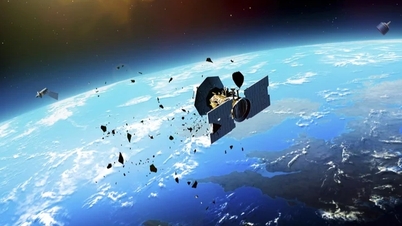

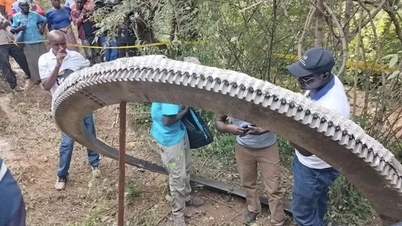

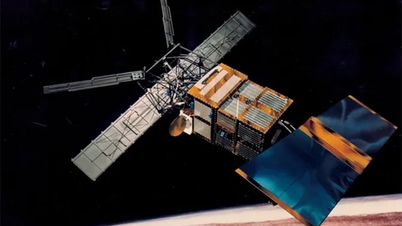

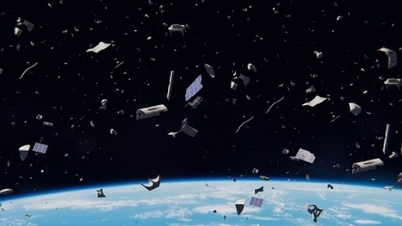

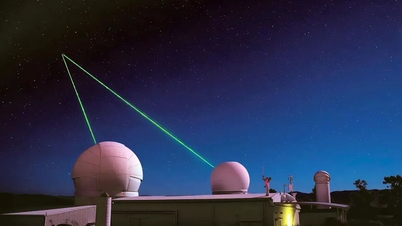















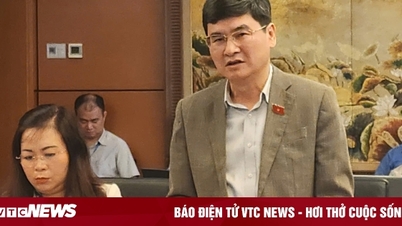


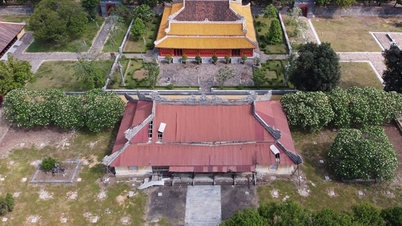

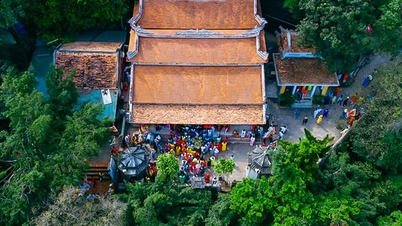







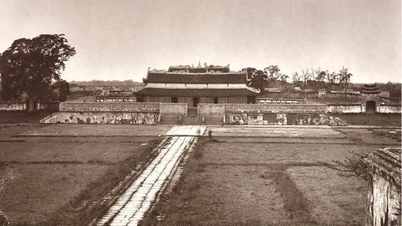






























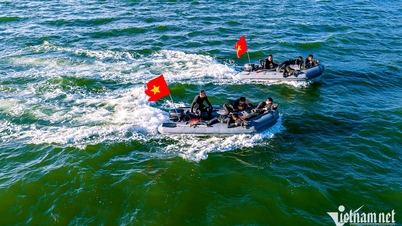
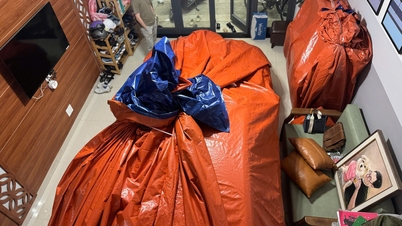
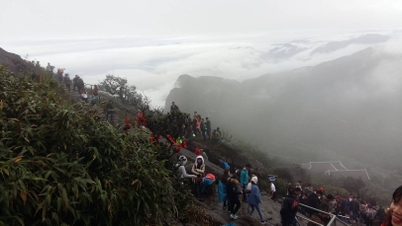





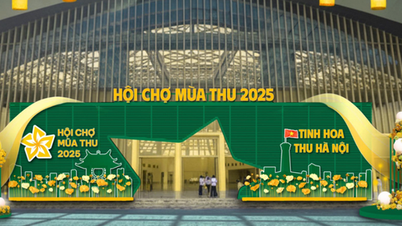
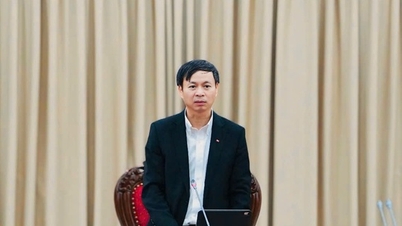


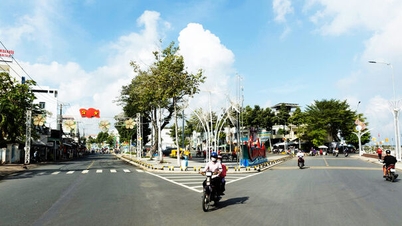



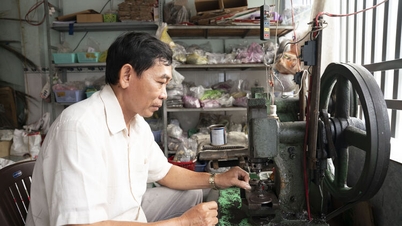
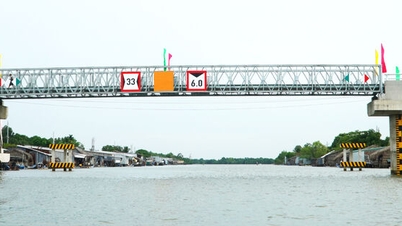

















Comment (0)